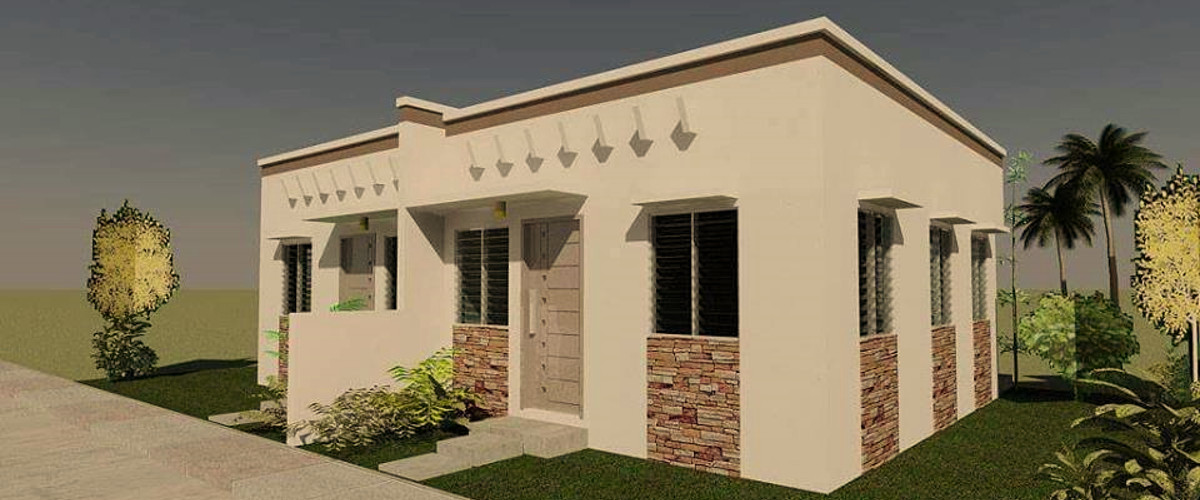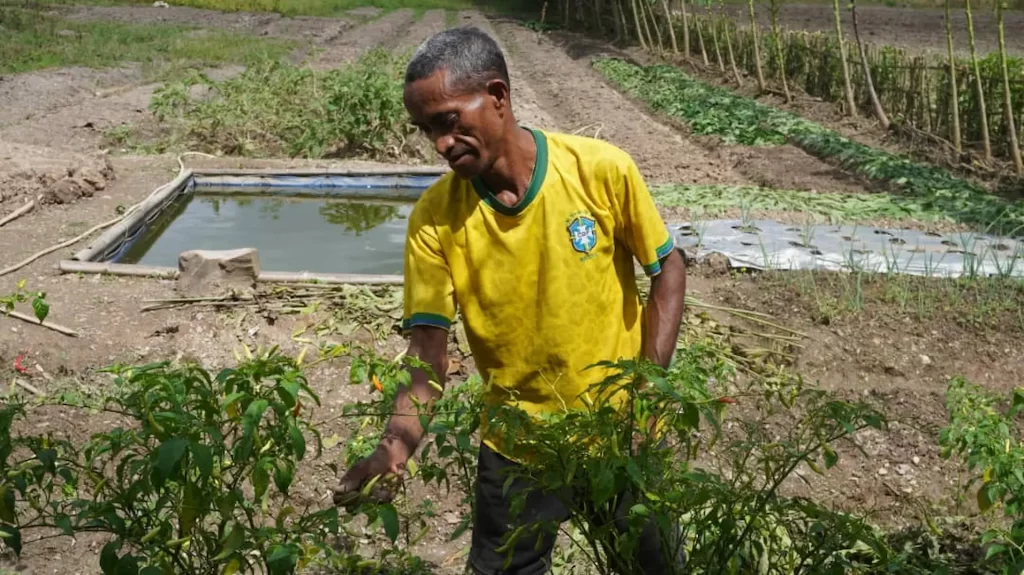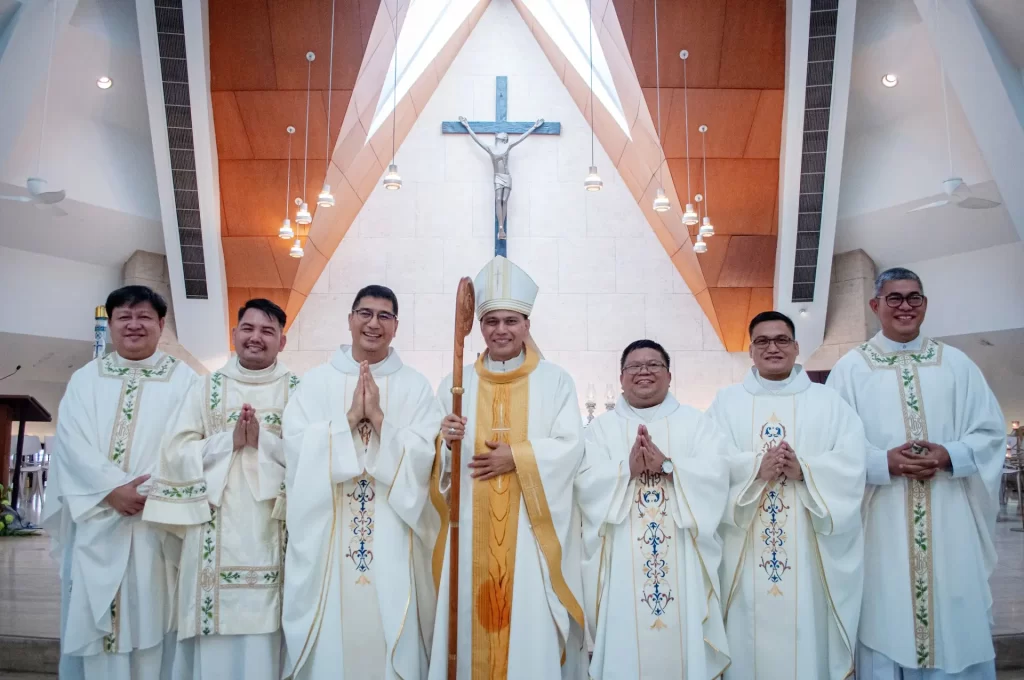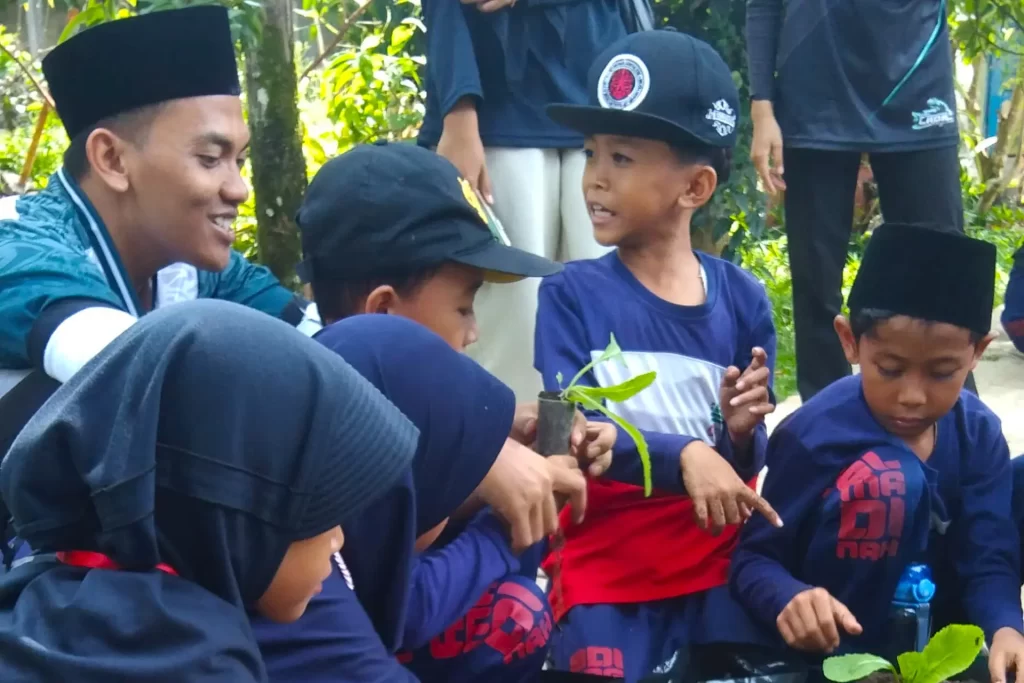Joy. That is what 25-year old Crisanto Lacaba feels as he looks forward to the completion of San Ignacio Culion Ecoville at the end of this year. Finally, he and a hundred others living on Culion island in Palawan, all survivors of Super Typhoon Haiyan (Yolanda in the Philippines) in 2013, will be able to move into new homes built inland.
“My family can feel secure even when the typhoons come,” he said, remembering his family’s experience when Haiyan destroyed their home situated along the coast of Barangay Osmeña, along with almost 5,000 other homes.
A fisherman like the rest of the community, Lacaba also lost his fishing boat in the storm and it took him more than a year to build a new one due to the high cost.
He says it was the fear of future disasters that convinced him to take part in Culion Ecoville. But this fear was soon replaced with a sense of calm once the project took flight.
“We cannot afford to build a disaster-resilient house like the ones we plan to build in Ecoville,” he said.
Maricel Ursal, 34, who also makes a living by fishing, shares Lacaba’s excitement. For two years after Yolanda, her family struggled to make ends meet. “We tried to make do with what was left,” she said.
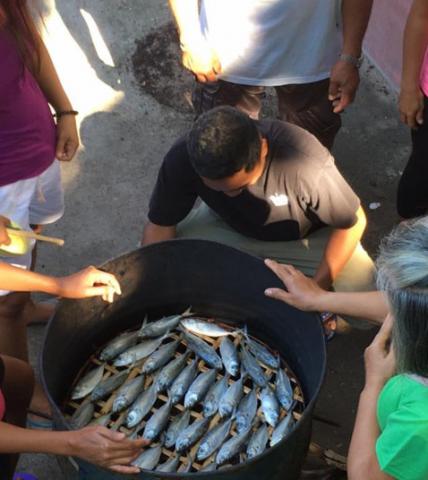
Ursal heard about the Culion Ecoville project when the local government mandated the relocation of people living close to the shore. She became interested in what the project, being developed by the Philippine Jesuit socio-political apostolate Simbahang Lingkod ng Bayan (SLB), had to offer her family and the community.
SLB has been working with communities in Culion for post-Haiyan rehabilitation since 2013. Realising the need to address deep-seated concerns in housing, SLB discussed with stakeholders, including the local government, the possibility of developing a resettlement project for the affected people. The result is the San Ignacio Culion Ecoville project, which is inspired by the Xavier Ecoville project initiated by Xavier University-Ateneo de Cagayan for Typhoon Washi (Sendong) survivors. Like Xavier Ecoville, Culion Ecoville is planned as a model of sustainability in housing. It will engage the local government and other sectors in long-term partnerships and incorporate other components of rehabilitation such as livelihood, infrastructure and coastal resource management.
SLB will grant more than 120 housing units to residents of Barangay Osmeña who were selected based on their financial situation, living conditions and willingness to participate in SLB programmes. Each beneficiary has to contribute 200 sweat equity hours and commit another 100 hours to training and values formation.
With construction underway, SLB has begun preparing the beneficiaries through activities such as Samahan ng mga May Makabagong Kabuhayan ng San Ignacio (SAMAKASI), a project that helps them develop alternative livelihoods to augment their income.
With 86 members including Lacaba and Ursal, SAMAKASI has begun eyeing fish processing, eatery, variety store and agri-business as options for livelihood. Already, they have developed fish products that are being sold beyond Culion.
Despite the enormity of the project, Ernesto Taeza Jr, SLB Programme Manager for Culion, is positive that the project will be completed on time. Inspired by the knowledge that all of them are helping to build a disaster-resilient and sustainable community, he said, “I can see that we can do it!”

